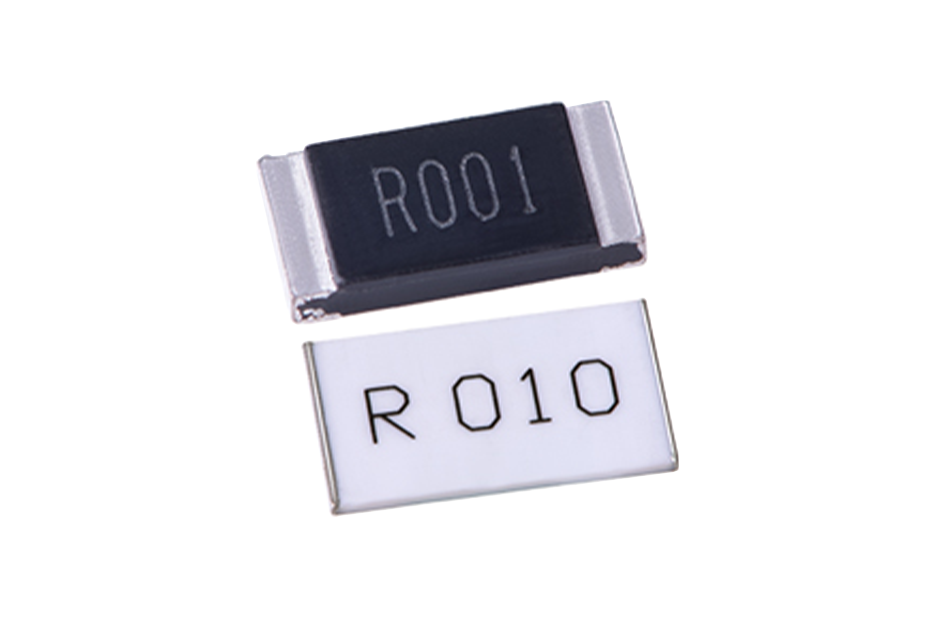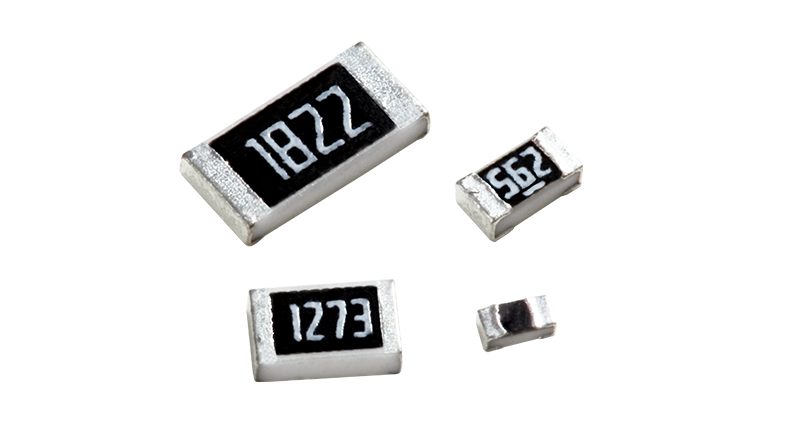hnstshop.com/product-list/R09-p1-l10.html" target="_blank">Alloy resistors are a common electronic component mainly used to control current and voltage. Choosing the appropriate material is crucial for the performance and reliability of alloy resistors. Among numerous alloy materials, KAMA alloy has become the preferred material for alloy resistance due to its unique characteristics.
KAMA alloy is a nickel chromium alloy composed of two metallic elements: nickel and chromium. It has several important advantages, making it an ideal material for alloy resistors:
Low temperature coefficient: Kama alloy has a lower temperature coefficient, that is, its resistance value changes less when the temperature changes. This is because the linear expansion coefficients of nickel and chromium elements in Kama alloy are similar at different temperatures, thereby reducing resistance fluctuations caused by thermal expansion. This enables the resistance of Kama alloy to maintain a stable resistance value over a wide temperature range.
High melting point: Kama alloy has a high melting point and can withstand high working temperatures. This enables the Kama alloy resistor to operate normally in high temperature environments and is not easily affected by thermal expansion and aging. This is particularly important for some special application scenarios, such as electronic devices in the aerospace industry or high-temperature industrial environments.
Good resistance stability: Kama alloy resistors have good resistance stability, meaning that their resistance values change less during long-term use. This is because Kama alloy has a higher resistance temperature coefficient, making it more sensitive to temperature changes. This enables Kama alloy resistors to be used for precise current and voltage control applications, such as precision instruments and electronic measuring equipment.
Corrosion resistance: Kama alloy has good corrosion resistance and can resist the erosion of most chemical media. This is crucial for the long-term reliability of electronic devices in humid or chemically corrosive environments.
Easy to process: Kama alloy has good machinability and is easy to manufacture into various shapes and sizes of resistance components. This enables Kama alloy resistors to adapt to different application requirements and be easily integrated into electronic circuits.
In summary, choosing KAMA alloy as a material for alloy resistance has many benefits. Its low temperature coefficient, high melting point, good resistance stability, corrosion resistance, and ease of processing make it an ideal resistance material. Whether in general electronic devices or in special high temperature or corrosive environments, Kama alloy resistors can provide stable and reliable performance to meet various application needs. Therefore, choosing Kama alloy as the material for alloy resistance is a wise choice.


